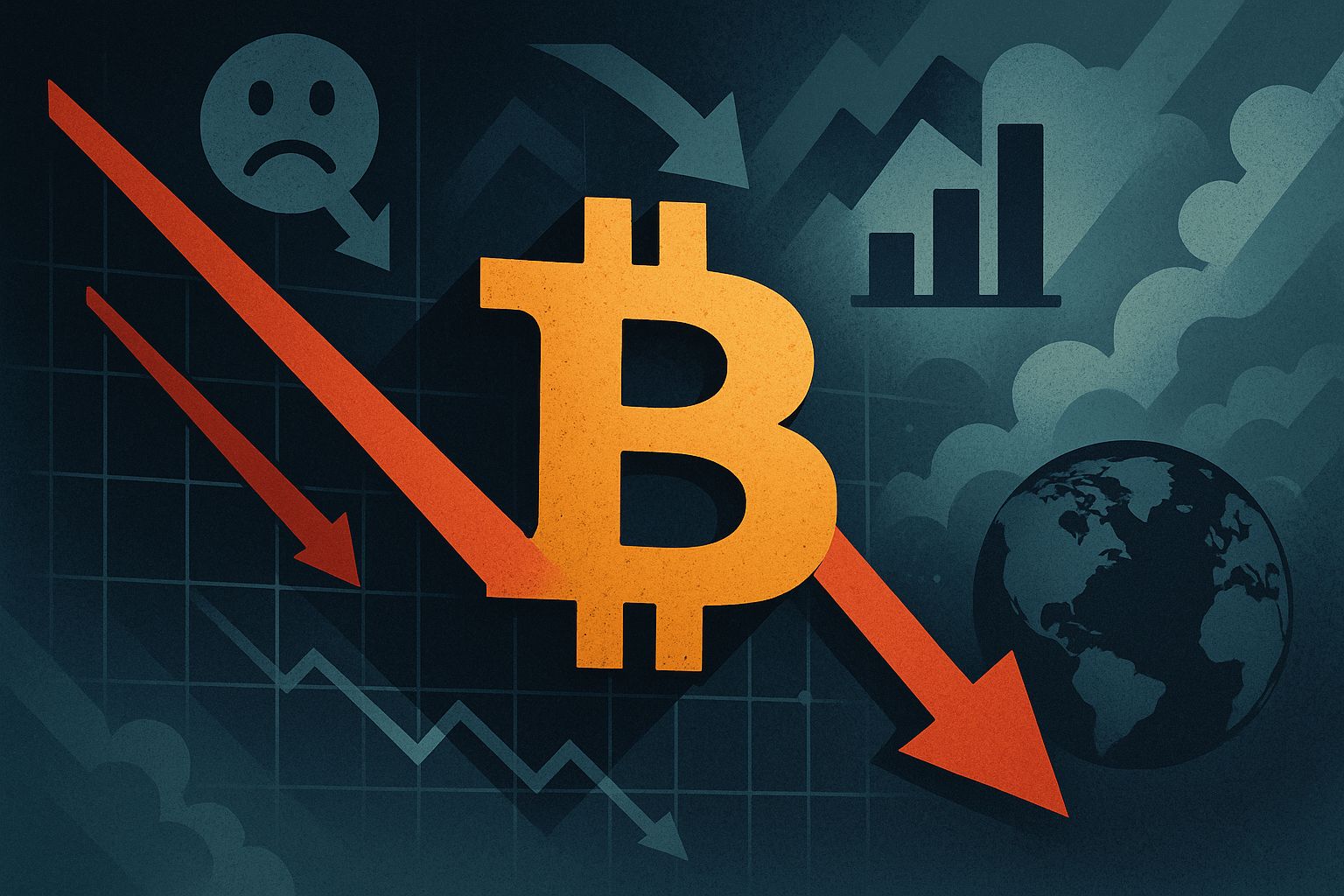
- Bitcoin drops 31% as investor belief weakens and risk sentiment fades.
- Fed uncertainty, regulation stalls, and ETF outflows deepen BTC’s slide.
- Long-term holders take profits, marking a shift from prior Bitcoin crashes.
Bitcoin has tumbled sharply from its recent record highs, with strategists at Deutsche Bank pointing to a weakening in investor conviction as a key force behind the cryptocurrency’s downturn.
The world’s largest digital asset, which suffered its worst weekly loss since February, continues to face pressure from shifting market conditions, regulatory uncertainty, and profit-taking across both institutional and long-term holders.
Bitcoin edged higher over the weekend but remained down 0.79% at $85,933 at the time of writing.
The cryptocurrency is now 31% below its all-time high of $126,272 reached on Oct. 6.
According to Deutsche Bank strategists Marion Laboure and Camila Siazon, the most significant factor driving the selloff is that “investor belief is crucial for continued gains — and right now the faithful are wavering.”
The strategists revived their “Tinkerbell effect” theory from 2021, which argues that bitcoin’s valuation is driven heavily by sentiment and what investors collectively believe it is worth.
In their view, sentiment-driven selling has re-emerged, shaking confidence in bitcoin’s ability to remain a stable part of diversified portfolios.
They noted that bitcoin’s “portfolio integration is being tested,” adding that the shift could be temporary or persist depending on broader financial conditions.
The bank shared 5 reasons behind the cryptocurrency’s sell-off.
Broader decline in stocks and risk appetite
The first major factor weighing on Bitcoin is a pullback in global risk sentiment.
Deutsche Bank notes that the cryptocurrency continues to behave like a risk asset rather than a safe-haven hedge, despite some investors hoping it would evolve into a defensive store of value.
The broader selloff in equities has spilled into digital assets, reinforcing that Bitcoin’s performance remains tethered to overall market mood.
Uncertainty over the Federal Reserve’s next moves
The second pressure point comes from uncertainty surrounding US monetary policy.
Investors have become less confident that the Federal Reserve will continue easing this year.
This shift has introduced volatility into multiple asset classes, including cryptocurrencies, as traders reassess risk-taking amid the possibility of a more restrictive policy stance.
Deutsche Bank strategists warn that further hesitation or hawkish signals from the Fed could deepen Bitcoin’s decline.
Regulatory momentum has stalled
Regulatory uncertainty is also contributing to the downturn.
According to Laboure and Siazon, momentum behind crypto-related regulatory progress has slowed since the summer.
This stagnation has complicated Bitcoin’s “portfolio integration,” making institutions more cautious about increasing exposure.
The lack of clear, forward-moving regulatory frameworks has left investors in a holding pattern, weakening one of the key drivers of Bitcoin’s mainstream financial adoption story.
Institutional outflows and thinning liquidity
A fourth driver of the selloff is rising institutional outflows.
Deutsche Bank notes that several Bitcoin exchange-traded funds have experienced withdrawals, reducing liquidity across the market.
Thinner liquidity amplifies price declines and increases volatility.
This dynamic marks a significant difference from previous crashes, many of which were predominantly driven by retail traders rather than institutions.
Long-term holders taking profits
Finally, long-term Bitcoin holders — often referred to as the most steadfast participants in the market — have begun taking profits.
This behavior, the strategists say, has not been observed in earlier downturns and underscores the unusual nature of the current correction.
Selling from such investors adds to market pressure and signals that even committed holders are reassessing their positions.
While the strategists say it remains unclear when or whether Bitcoin will stabilize, they emphasize that this year’s pullback is distinct.
Unlike prior crashes fueled by retail speculation, the current slump is unfolding amid a complex mix of institutional activity, shifting macroeconomic conditions, and evolving policy landscapes — leaving the market’s next move uncertain.


